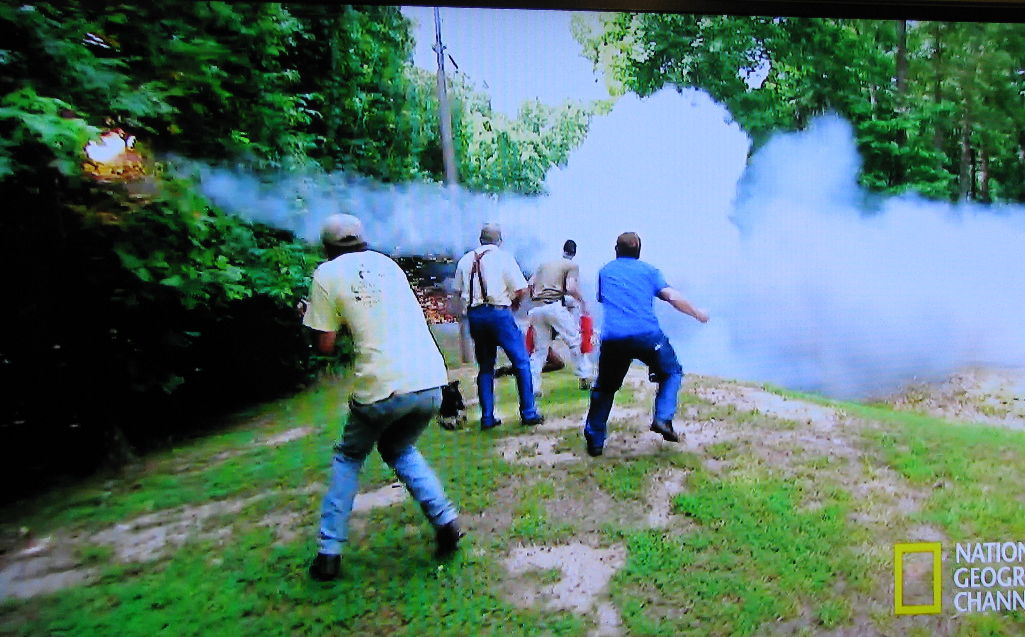Greetings,
I am a new member to this forum, and model rockets in general.
I am currently working on a project that involves incorporating a mode rocket motor into a heavily modified, for speed, 1/8 scale, electric rc car. Once the car has hit its maximum limit, the rocket motor will be engaged, to further increase the overall speed . Kind of like when nitrous oxide is applied to a full size race car.
The platform I am using is an ARRMA Typhon 6s BLX V4. The projected speed of this car, (once it's modified for speed and aerodynamics), should be in the range of 120mph -140mph.
These "speed runs" will take place on a flat, smooth, straight asphalt surface.
I do not have a level 1 certification, so, from what I understand, a "G" rocket motor is the largest that I can use. Is that a fact?
I want to use a motor that will give me the maximum thrust when activated. Also, one that does not include the charge that deploys the recovery parachute, ( don't want to burn-up the inside of the car).
The placement and angle of the motor, along with the correct casing are other areas I need to consider. The amount of volts to ignite the motor is another variable.
Any suggestions would be much appreciated.
NOTE:
If you are interested in more information regarding this project, go to "AARMA FORUM". I started (2) threads awhile back= ROCKET BOOST KRATON 6S and 8S, (about halfway down the thread, I made an update stating that the Typhon 6s BLX V4 was a better platform to use). Same project. Different car. The other thread=Typhon 6S BLX V4 MAXIMUM SPEED UPGRADE HELP
I am a new member to this forum, and model rockets in general.
I am currently working on a project that involves incorporating a mode rocket motor into a heavily modified, for speed, 1/8 scale, electric rc car. Once the car has hit its maximum limit, the rocket motor will be engaged, to further increase the overall speed . Kind of like when nitrous oxide is applied to a full size race car.
The platform I am using is an ARRMA Typhon 6s BLX V4. The projected speed of this car, (once it's modified for speed and aerodynamics), should be in the range of 120mph -140mph.
These "speed runs" will take place on a flat, smooth, straight asphalt surface.
I do not have a level 1 certification, so, from what I understand, a "G" rocket motor is the largest that I can use. Is that a fact?
I want to use a motor that will give me the maximum thrust when activated. Also, one that does not include the charge that deploys the recovery parachute, ( don't want to burn-up the inside of the car).
The placement and angle of the motor, along with the correct casing are other areas I need to consider. The amount of volts to ignite the motor is another variable.
Any suggestions would be much appreciated.
NOTE:
If you are interested in more information regarding this project, go to "AARMA FORUM". I started (2) threads awhile back= ROCKET BOOST KRATON 6S and 8S, (about halfway down the thread, I made an update stating that the Typhon 6s BLX V4 was a better platform to use). Same project. Different car. The other thread=Typhon 6S BLX V4 MAXIMUM SPEED UPGRADE HELP




